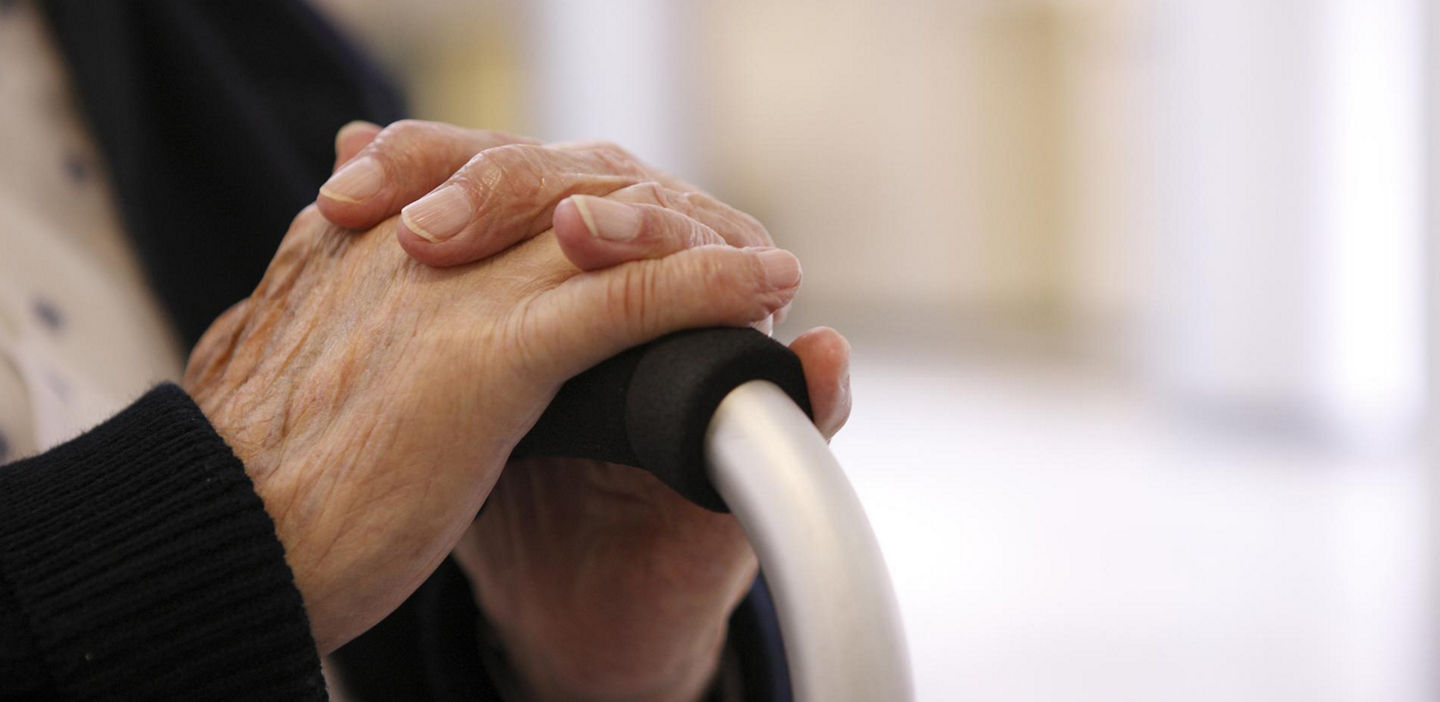Commonly used lab tests to identify Clostridium difficile infection
Here's a look at the most commonly used diagnostic tests—and the possible benefits and drawbacks associated with each:
Toxigenic stool cultures: Stool culture has long been considered a “gold standard" for CDI diagnosis, but it can also lead to false-positive results in the event of C. difficile colonization. In addition, stool cultures tend to be labor intensive and time-consuming, and so are relatively more expensive than other testing methods.
Cytotoxicity assays (CYTAs): CYTAs detect toxin B only, and are therefore capable of distinguishing CDI from mere C. difficile colonization. Like toxigenic stool cultures, however, CYTAs are expensive and difficult to perform, and require multiple days to get results.
Enzyme immunoassays (EIAs): EIAs can detect both C. diff toxins, and can do so rapidly and relatively inexpensively. The problem with EIAs is their relative lack of sensitivity, which can lead to false-negative results. Due to this, labs that used this technology were typically doing testing from three separate patient samples before being confident that negative results were truly negative.
NAATs and GDH/EIA/PCR algorithms: The American College of Gastroenterology (ACG), in its 2013 “Guidelines for Diagnosis, Treatment, and Prevention of Clostridium difficile infections,"5 offers three initial recommendations around laboratory testing for the bacterium: First, the ACG notes, echoing other authorities on the matter, it's important to only test the stools of patients with diarrhea. Beyond that, two different testing procedures are equally appropriate: A) nucleic acid amplification tests (NAATs); or B) glutamate dehydrogenase (GDH) screening tests used in two- or three-step algorithms with subsequent EIA testing for toxins A and B. In the latter case, GDH-positive samples “must undergo additional testing for C. difficile either by NAAT or by EIA testing followed by NAAT if the EIA results are discordant," the guidelines recommend.
In its discussion around NAATs, the ACG guidelines note that “evidence suggests" they are “good stand-alone tests for toxigenic C. diff." Indeed, research shows that real-time PCR permits direct toxin gene detection from fecal samples; is relatively rapid and easy to implement; simplifies reporting, because it's a single test without algorithms; and has both high analytical sensitivity and specificity and high clinical sensitivity. The only real drawback associated with NAATs occurs when labs test samples from patients who don't exhibit clinically significant diarrhea. “Because [NAATs] do not distinguish [CDI] as asymptomatic C. diff carriage, the diagnostic value of NAATs is limited when used in patients with low probability of CDI," explains Larry Kociolek, MD, MSCI, in a 2017 JCM article.6 In the updated "Clinical Practice Guidelines for C. diff Infection in Adults and Children" published in 2018, use of a NAAT alone or a multi-step algorithm approach is recommended when there are preagreed institutional criteria for patient stool submission.7

